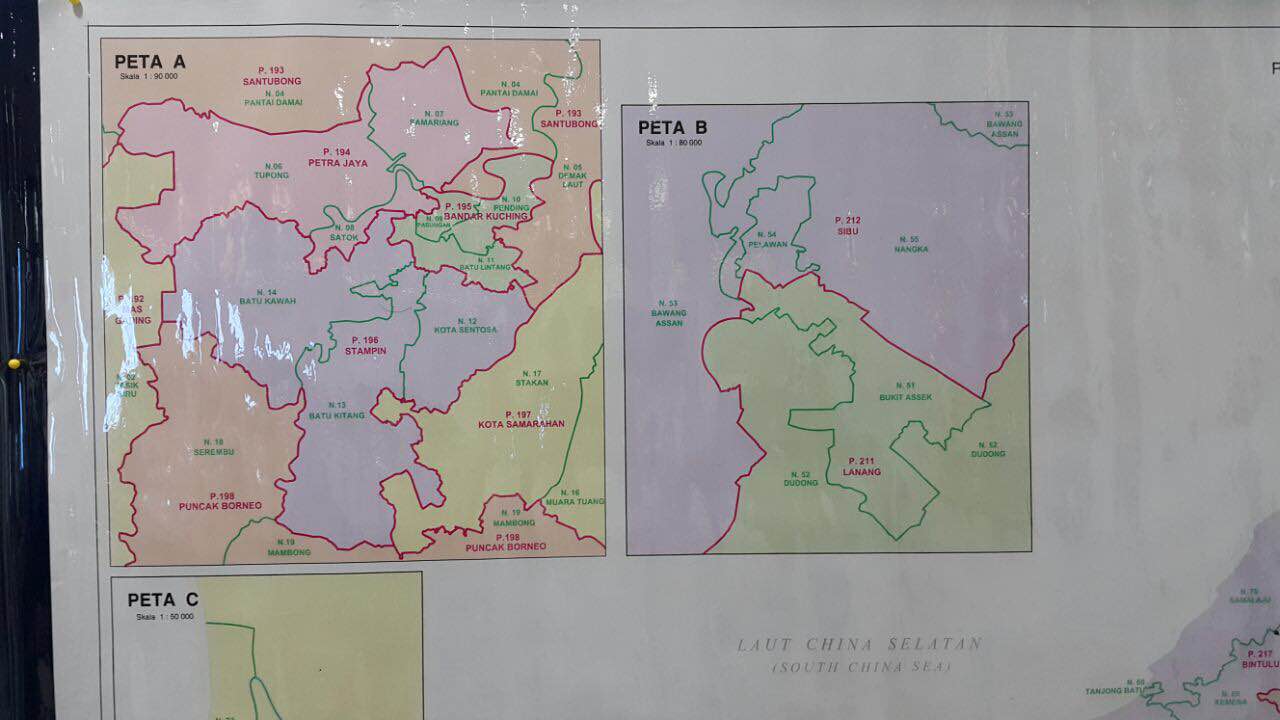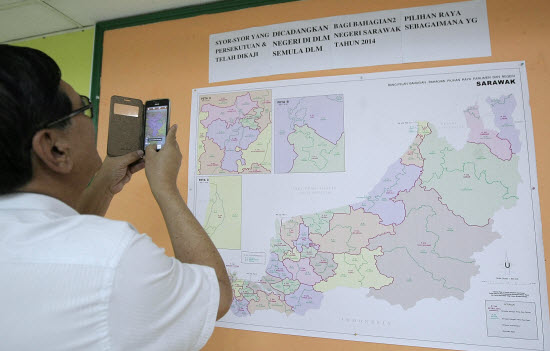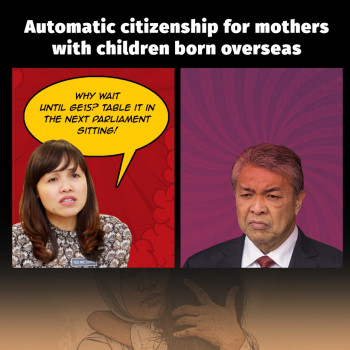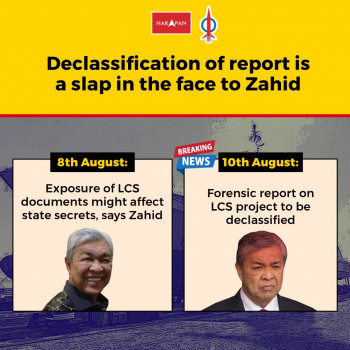By Pauline Wong
The Election Commission has displayed the first of the maps in Sarawak at the start of the long-awaited re-delineation process, but it has been rapped by an election watchdog group for being ‘incomplete’.
The re-delineation process is one that has largely gone under the radar, swallowed up by more pressing matters in recent times. However, with 13 million voters — and by extension, the remaining 17 million — affected by this process, can we afford to let it slip past our attention?
The re-delineation exercise, which is the redrawing of electoral boundaries to correct imbalances in voter population size, was previously announced to be beginning at the end of 2014.
Having already been delayed once in 2012, 10 years after the lines were last drawn, the EC last week announced that they have put it off again due to the east coast floods, which has left nearly 200,000 people homeless and displaced.
However, the EC said the re-delineation would go on in Sarawak, and the proposed maps were put up today; but criticism is coming in fast over the lack of detail in the maps.
Delineation Action and Research Team (DART) leader Thomas Fann in an immediate response told The Rocket that the maps, which were put up this morning, are shockingly sparse.
“What shocks us is the total lack of detail provided in these maps. There are no road names, town names, or any details on the polling districts affected. The maps only show the lines of the constituency boundaries,” he said.
DART, which is a voter education effort by election watchdog Bersih 2.0, was formed last year. The team has conducted numerous training sessions on the re-delineation process across the country.
Fann, who is also South Peninsula Vice-chairperson for Bersih 2.0, pointed out that the re-delineation exercise is already such a technical process, and maps which do not provide adequate information simply makes it more difficult for the layman to understand.
“To me, this is scandalous. They are making it next to impossible for ordinary citizens to object,” he added.
The proposed boundaries can be objected to by three parties: the state government, the local authority, and a group of 100 affected voters.
Once the proposed boundaries are put up for public scrutiny, one only has 30 days to object and propose their own boundaries.
However, with so little detail to help this process along, it is clear that there is far more to the task than simply the redrawing of voter constituency lines.
Keep an eye on the re-delineation process
The delineation process is a minefield of possible breaches to democratic integrity, the chief of which are gerrymandering and malapportionment.
Gerrymandering is the drawing of lines in such a way so as to provide unfair advantage to one party, or to manipulate boundaries to create unfair disadvantage to another party.
It is a corruption of our democratic process, where a majority voice is denied representation in a fair and equal manner.
It also seriously undermines the will of the people in that it manipulates our right to vote for our government.
Usually, gerrymandering occurs in two ways: “packing”, where voters of one type are concentrated into a single electoral district to reduce their influence in other districts and “cracking”, which spreads out voters of a particular type among many districts in order to deny them a sufficiently large voting bloc in a district.
Malapportionment on the other hand, is when inequalities occur between the numbers of voters in electoral districts which have the same number of representatives. This means that an MP of one constituency can represent 100,000 voters, while another merely represents 1,000 — as a result, their ‘voice’ is reduced significantly.
As was demonstrated in the last time the lines were drawn, when even a former EC chairman Abdul Rashid Abdul indirectly admitted to the manipulation of boundaries to “keep the Malays in power”, there is no way to understate the importance of this process.
– The Rocket





